A smooth and fast draw from a concealed holster can make a huge difference in the moments that count. Whether you carry for protection or practice for competition, your holster setup plays a big role in your speed, comfort, and readiness. A concealed quick-draw holster gives you access to your firearm without delay, but if it’s not working right or you haven’t trained with it, it can trip you up when it matters most.
Having a smoother quick-draw isn’t about being flashy. It’s about being prepared. The goal is to move naturally and react with confidence. That means knowing your gear, setting it up properly, and training your body to grab and aim without overthinking. Let’s take a look at how to understand your setup better and what it takes to make your draw faster and more controlled.
Understanding Your Concealed Quick-Draw Holster
A concealed quick-draw holster is built to hold your firearm securely while still letting you reach and unholster it fast. These holsters are shaped to match the gun’s form and are usually worn inside the waistband, outside the waistband, or mounted under surfaces like desks or car dashboards. Some rely on friction, while others use retention features or magnets to keep the firearm in place until you're ready to grab it.
When set up right, the holster stays fixed in one spot. It doesn't move, tip, or press too tightly against your body. That way, when you go to draw, your hand doesn’t have to search or adjust. You know exactly where it is, which means you waste less time and energy.
Quick access matters in a handful of situations. If you’re using it for home or personal defense, every second counts. The quicker you can access your firearm without fumbling, the better your response. Competitive shooters also rely on solid mounting and holster positioning to shave down seconds during drills or matches.
Here’s why having both security and speed is important:
- A holster should never give up security for the sake of draw speed
- Your firearm should stay fixed while you move, run, or shift positions
- You should never need to use your free hand to steady the holster during a draw
- The draw needs to feel natural, without extra tension or angles that slow you down
- A good quick-draw holster supports instinctive movement: reach, pull, aim, repeat
If you don’t feel confident in how your setup works, that’s a sign something needs tuning. Either the holster doesn’t fit the firearm well, or the position is off for how you draw naturally. When everything is in sync, your draw happens as one single motion instead of multiple clumsy steps.
Key Techniques for Smoother Quick-Draw Action
Improving your draw can’t happen without a little time and effort. Techniques for smoother action come down to two things: how your body moves and how your gear is set up. You’re building a habit your hand and eyes will rely on without conscious thought.
Here are a few direct ways to get better results with your concealed quick-draw holster:
1. Practice with repetition
You don’t get faster by just wearing the holster around. Setting aside time to repeatedly draw your firearm (unloaded and safe) builds muscle memory. The more your hand follows the same steps, the more natural it becomes. Run daily or weekly drills to train speed without losing control.
2. Focus on holster placement
You should never have to shift in your seat or adjust your clothing too much to get your hand in the right position. Whether it’s appendix carry, behind the hip, or a mounted position under a surface, your draw should follow your natural arm motion. Start from your usual standing or sitting setup and test where your hand lands first.
3. Customize for comfort
Sometimes a small tweak makes a big difference. Adjustable cant (tilt), belt clip height, or magnet position changes can take pressure off joints or stop awkward angles. Try different setups and pay attention to pain points or slowdowns. Don’t fight the holster. Adjust it until it works with your movement instead of against it.
4. Reduce snags and friction
Practice with your normal clothes to spot anything that gets in the way. Strings, loose fabric, or extra gear could delay your draw. If you're mounting your holster under a desk or in a vehicle, make sure it's not pressed against objects that block access or change angles.
The smoother your draw becomes, the more you can focus on what truly matters: awareness and control. A choppy or nervous draw only adds stress. With the right methods and a little muscle memory, drawing your firearm becomes second nature.
Common Mistakes to Avoid
Having a quick-draw holster setup that's efficient doesn’t happen by accident. There are some frequently made mistakes that can undermine all your progress. Let’s look at a few to steer clear of:
Improper positioning is a typical slip-up. If the holster is placed where it’s awkward to reach, it slows down your access. It’s important to position it so your drawing arm naturally falls to the grip without extra movement. Test different placements like appendix, hip, or back and see what feels best for your natural arm reach.
Picking the wrong holster for your specific pistol can halt a fast draw right in its tracks. A flimsy or loose holster makes the firearm jiggle, which adds time to steady it. You need a holster that holds your gun firmly during movement but releases quickly when you draw. Poorly fitting holsters not only delay your draw but may need more adjustments, which can be distracting and even dangerous.
Neglecting maintenance can turn a smooth operator into a sticky mess. Like any tool, your holster needs care to function properly. Regularly inspect it for dust, debris, or wear. A slick interior lets you draw quickly without snags, while dirt and damage can slow you down or lead to unfortunate issues.
Maintaining Your Quick-Draw Holster for Consistent Performance
Consistency is key to keeping your quick-draw holster in top shape. Regular cleaning and check-ups help ensure it performs when you need it most.
Here are a few ways to keep things running smoothly:
- Regular cleaning: Dust and dirt can build up and affect how easily your gun comes out. Wipe the holster’s inside and outside, especially after being outside for long periods
- Inspection for wear and tear: Check for cracks, splits, or weak spots. If it feels worn out or unreliable, it’s best to replace it before it causes problems
- Use quality accessories: Invest in strong belts or secure mounts. Cheap or flimsy ones can shift, sag, or unbalance your holster positioning, which slows your draw
This kind of upkeep should be a regular habit. A quick once-over every few uses takes just minutes and keeps you ready for anything.
Build Confidence Draw by Draw
Putting everything together, building a smooth quick-draw setup comes down to staying sharp with your practice and keeping your gear in check. Every drill, adjustment, or inspection helps shape muscle memory and reduce hesitation.
Stick with the tips that work best for your carry style. Practice until the motion is almost automatic. Don’t ignore small changes that can improve how the holster fits against your body. Comfort plays a bigger role than most realize.
Finally, trust your gear. With regular maintenance and smart setup decisions, your quick-draw holster becomes more reliable. Familiarity breeds confidence, and confidence lets you move with safety and purpose when it matters most.
Looking to enhance your setup for smoother, more reliable firearm access? Explore how a concealed quick-draw holster from VULCAN Arms can complement your training and keep your firearm secure in any situation. With the right tools and consistent practice, every draw can feel natural and confident—check out our lineup today to find your best fit.
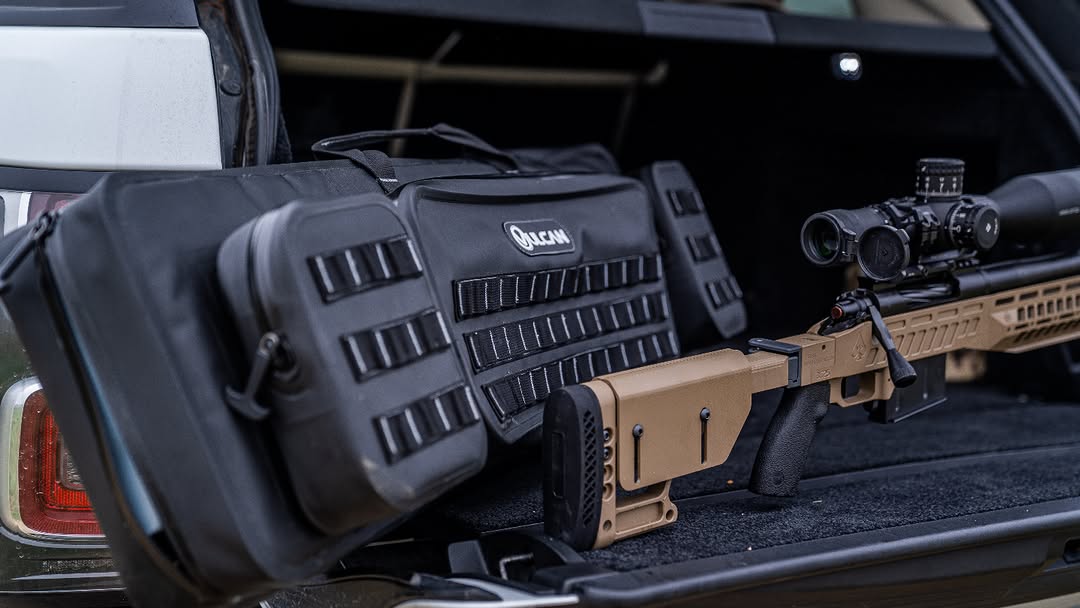



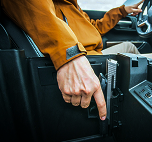
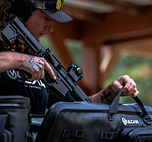
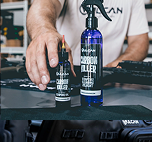
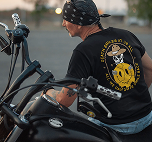
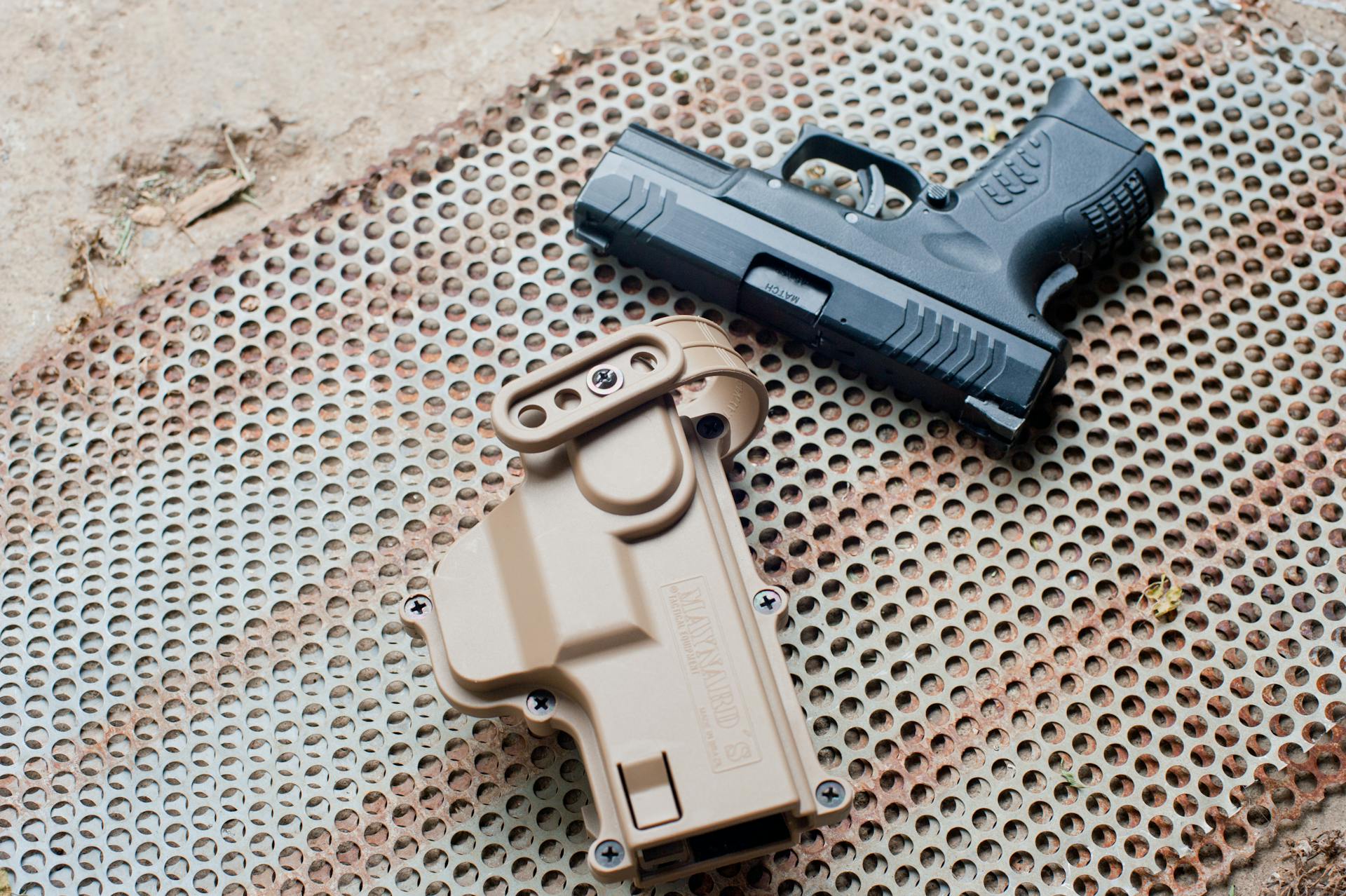
Share:
What to Do When Your Rifle Case Gets Wet
Aligning Your Car Pistol Holster Mount